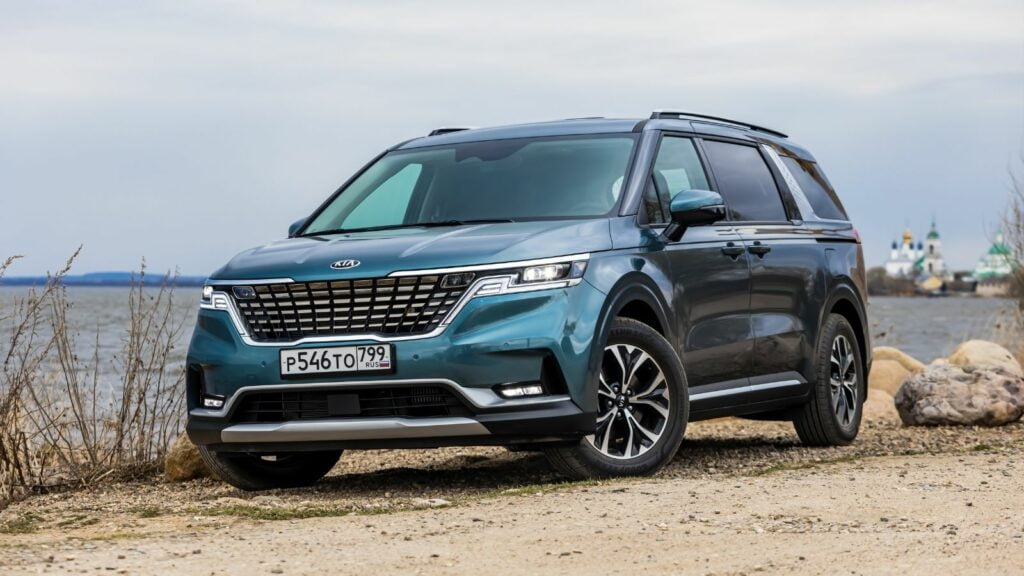Minivans are versatile machines that might not be as flashy as sports cars or as commanding as SUVs. Still, they’ve been there for generations, helping families navigate the chaos of everyday life. While automotive trends come and go, some minivans have proven themselves timeless. Here are 22 minivans that haven’t aged a day, remaining iconic family favorites.
Chrysler Town & Country (1989–2016)
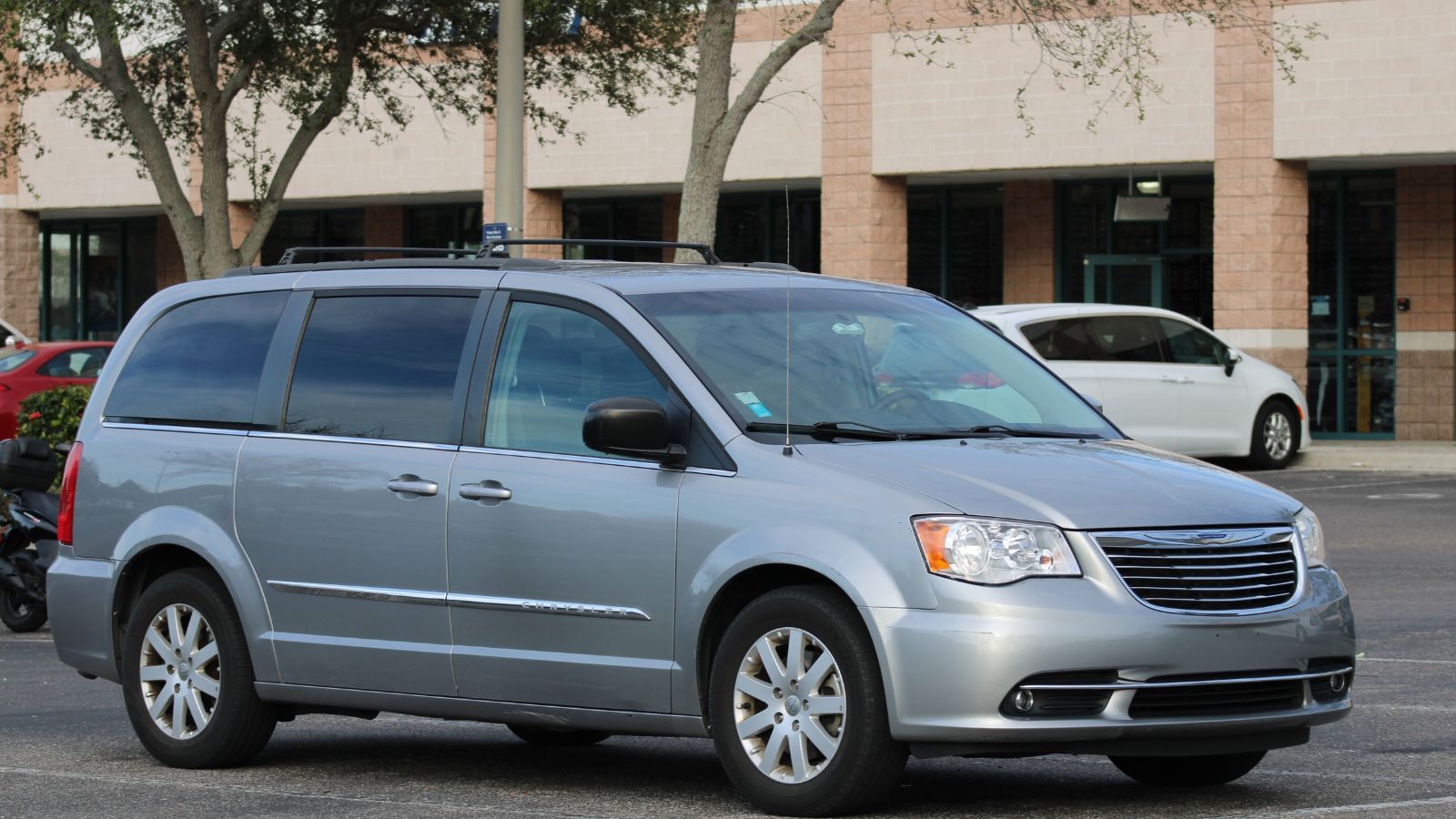
If there were a Minivan Hall of Fame, the Chrysler Town & Country would have its wing. Renowned for combining practicality with upscale features, it spearheaded innovations like Stow ‘n Go seating (introduced in 2005), which allows second—and third-row seats to fold flat into the floor. Also, powered by V6 engines, the most recent models featured a 3.6L Pentastar V6 delivering 283 horsepower paired with a 6-speed automatic transmission.
Honda Odyssey (1994–present)
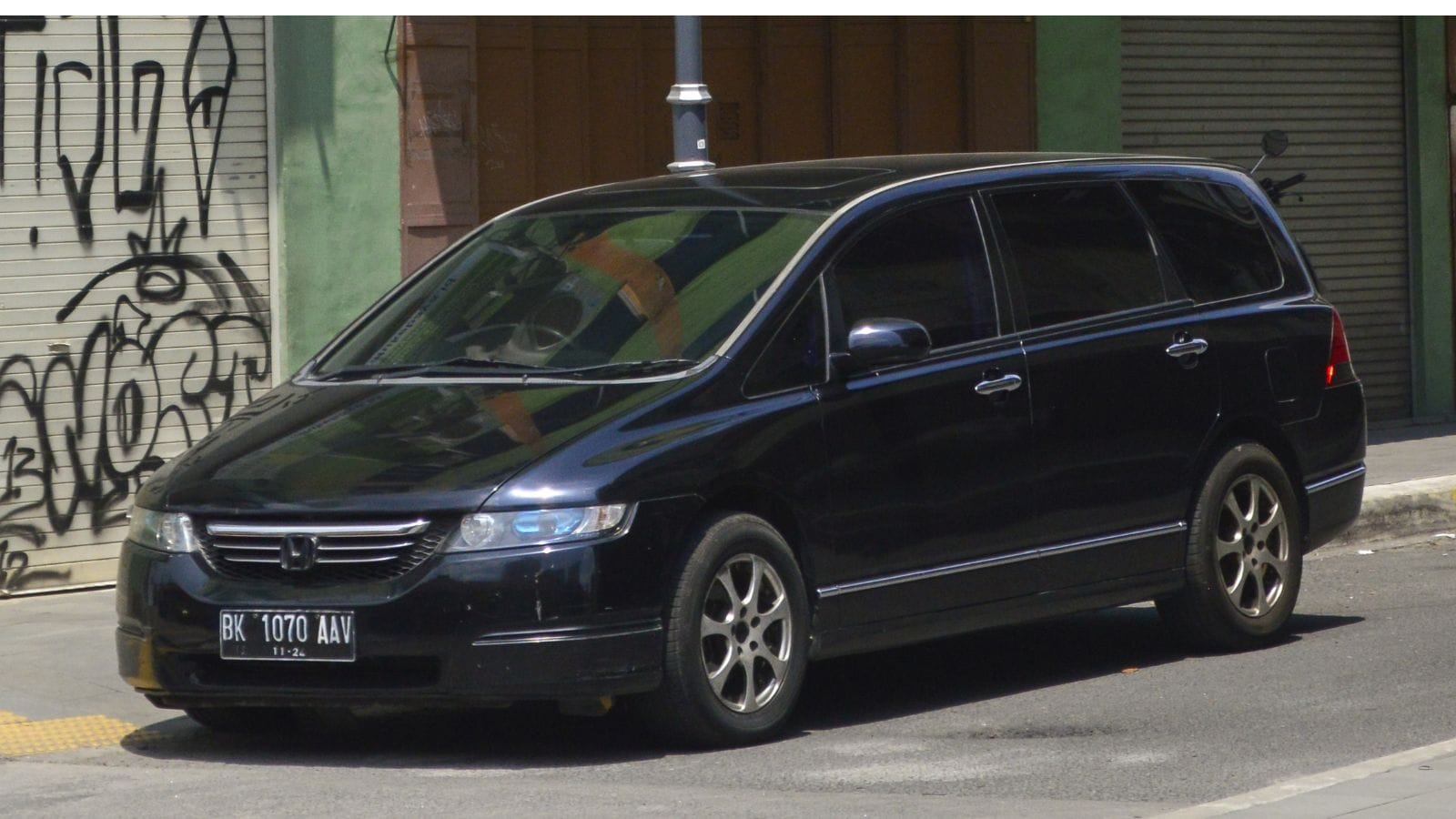
The Honda Odyssey, first introduced in 1994, has become a top choice for families seeking versatility. Powered by a 3.5L V6 engine, the 2024 Odyssey delivers 280 horsepower and excellent fuel efficiency at 19 MPG city/28 MPG highway. It also offers up to eight seats, with Magic Slide® second-row seats for flexible configurations. The Odyssey even offered a built-in vacuum cleaner in later models because Honda knows kids are basically walking crumb machines.
Toyota Sienna (1998–present)
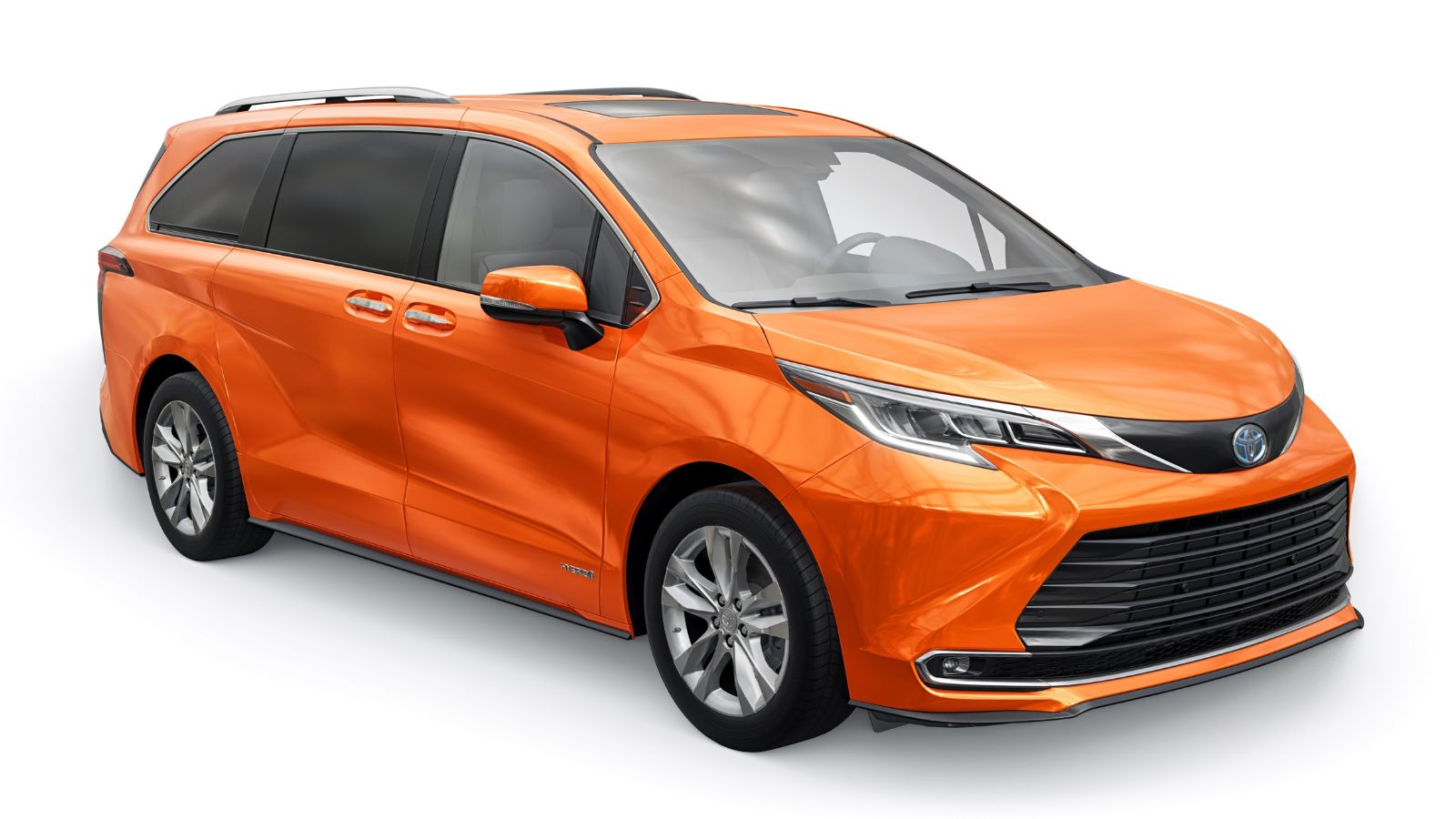
Nicknamed the “Swagger Wagon,” the Toyota Sienna brought an uncharacteristic cool factor to the minivan world. The third generation (2011–2020) brought a sportier SE trim and updated infotainment. Safety features like Toyota’s Safety Sense suite were later included. Further, the fourth generation (2021–present) made a bold leap, offering only a hybrid powertrain with a 2.5L engine and electric motors, boasting 36 MPG combined. Spacious and innovative, it remains a top pick for families.
Dodge Caravan (1984–2020)
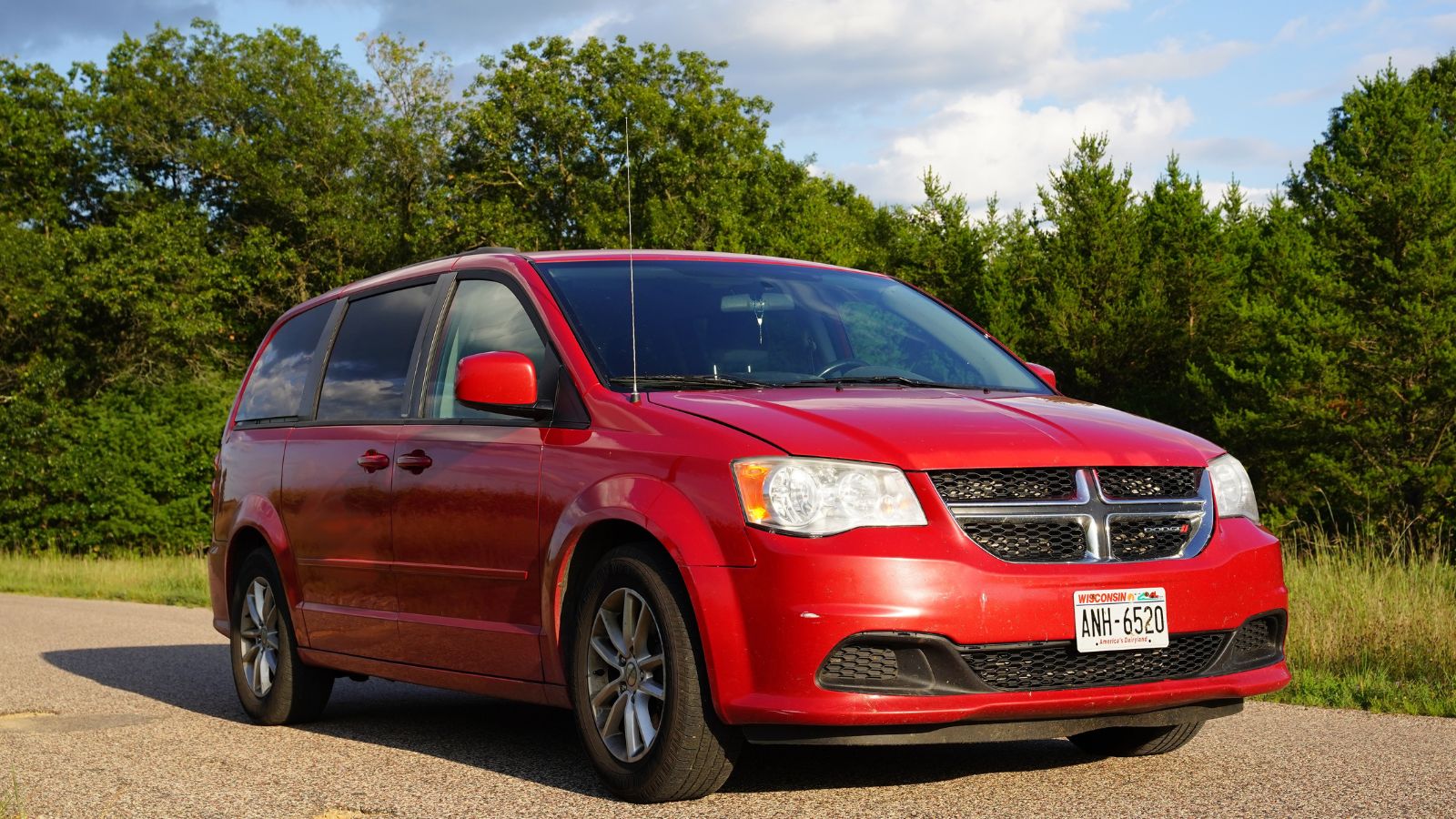
The OG minivan that arguably started it all, the Dodge Caravan, has etched its name in history. Launched with its twin, the Plymouth Voyager, it created a new automotive segment. Its versatile design, sliding doors, and configurable seating appealed to families and businesses. By the end of its run in 2020, over 15 million units had been sold globally. Rest in peace, Caravan. You’ll always be a legend.
Kia Carnival/Sedona (1998–present)
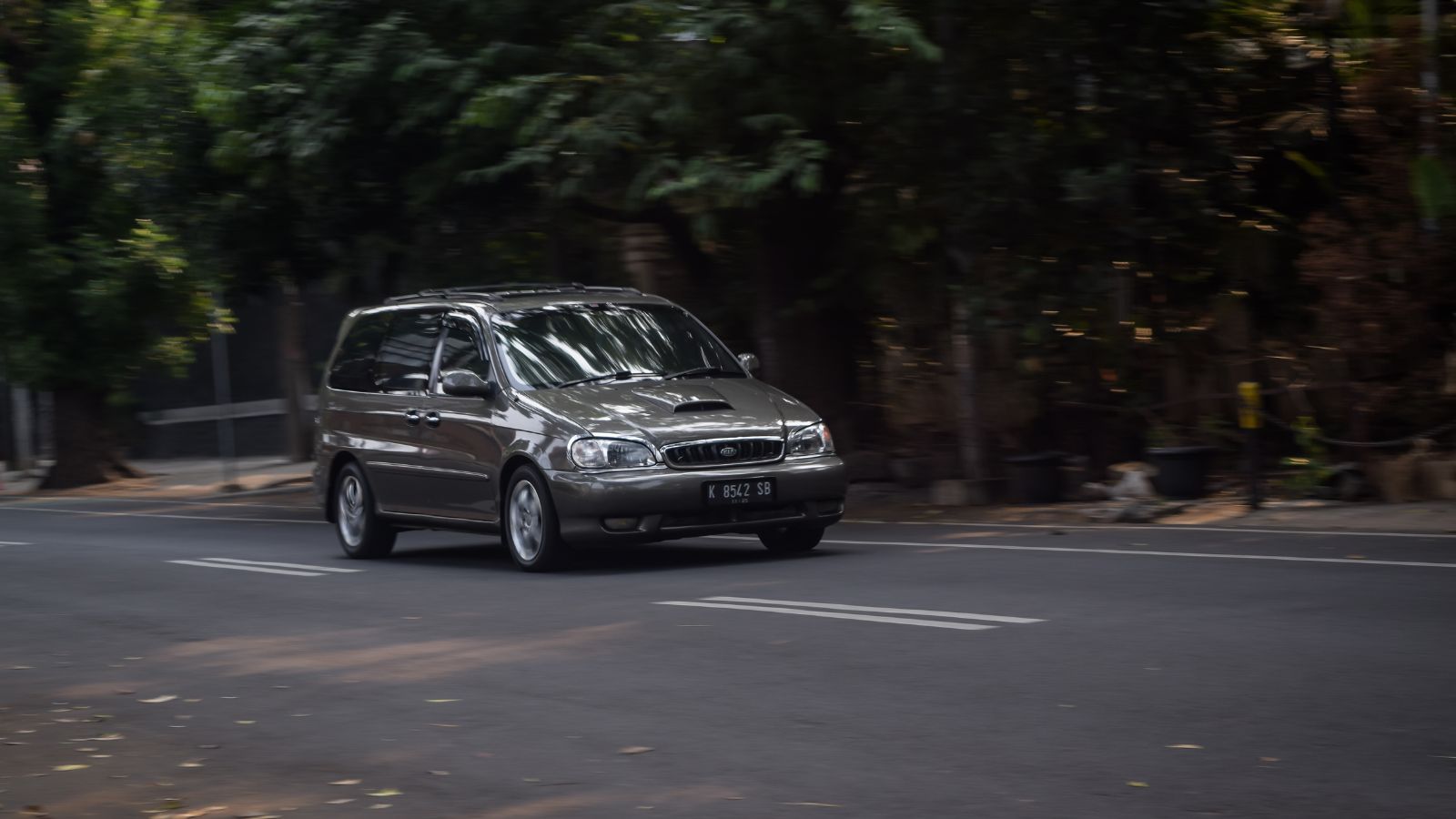
Known as the Sedona in its earlier days, Kia’s Carnival has emerged as the minivan for families who want to pretend they’re driving a stylish crossover. Its “island roof” design integrates blacked-out A- and B-pillars for a floating roof effect, accentuated by a chrome C-pillar garnish. Kia designers focused on enhancing aerodynamics while maintaining a spacious, boxy silhouette to maximize interior room. Plus, inside, the Carnival exudes premium vibes with dual-screen displays, available leather upholstery, and customizable seating arrangements for up to 11 passengers. What more do you need?
Volkswagen Eurovan (1992–2003)
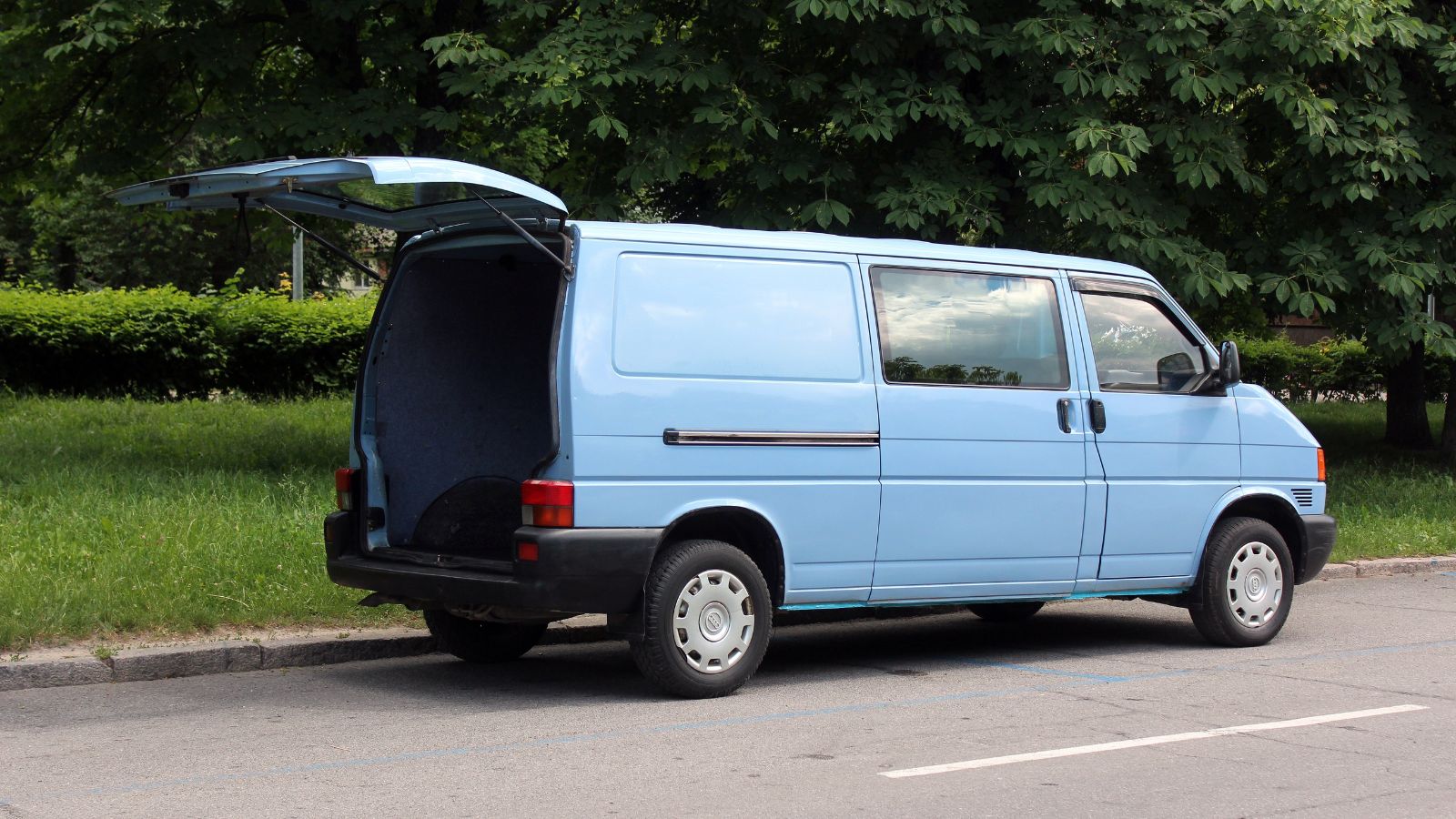
The Volkswagen EuroVan, introduced in 1990, was the successor to the VW Type 2 (T3) and marked a significant shift in Volkswagen’s van design. Unlike its rear-engine predecessors, the EuroVan (T4) adopted a front-engine, front-wheel-drive layout, allowing for better handling and interior space utilization. This configuration also provided a flatter floor, making it ideal for passenger and camper van configurations. And, though rare, these vans have a cult following that’ll pay top dollar to keep them on the road.
Ford Windstar (1995–2003)
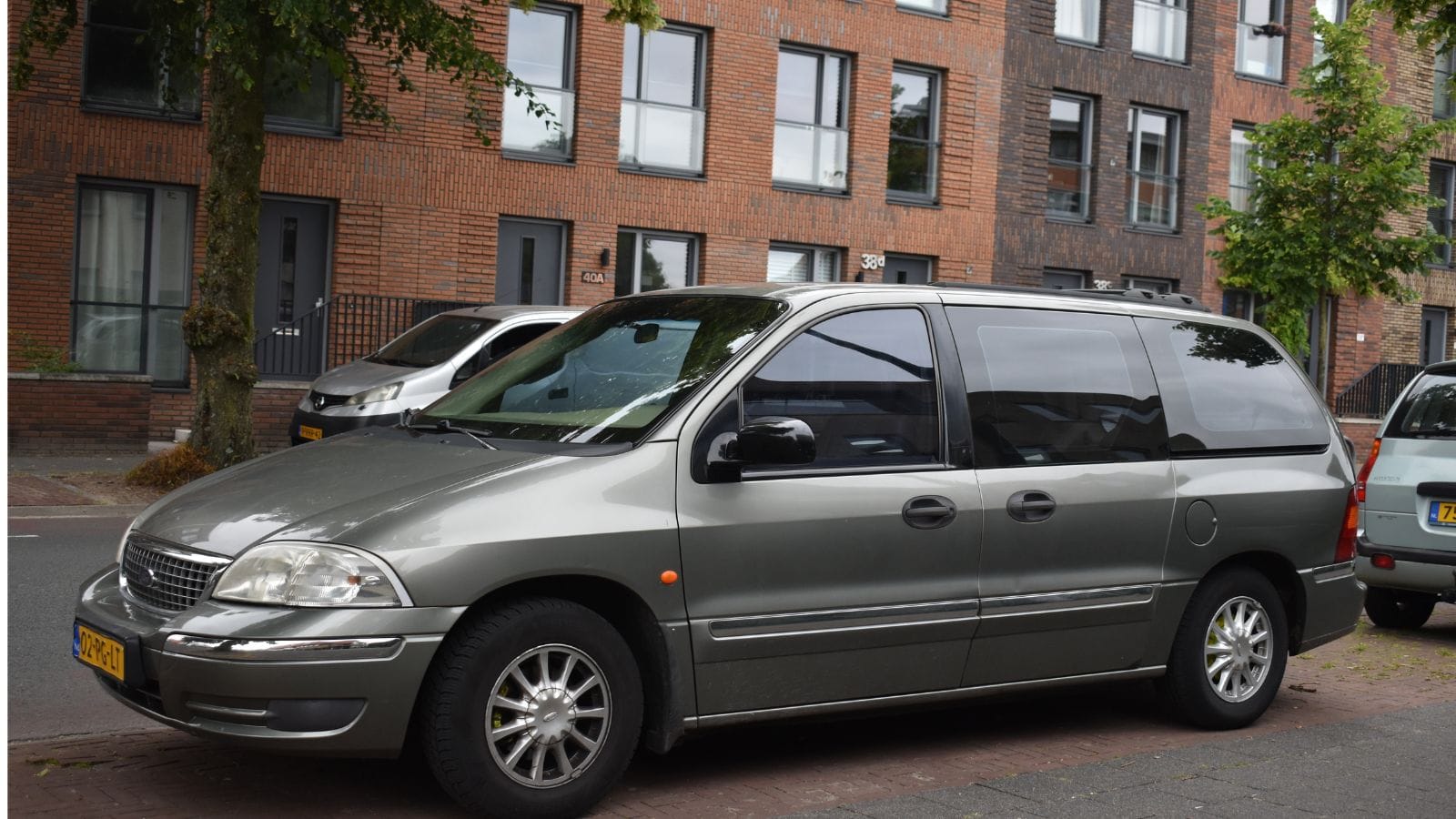
The Ford Windstar might not have the longevity of some on this list, but it earns its spot as a nostalgic favorite. The Windstar featured a sloping hood, a large windshield, and smooth body lines, which improved aerodynamics and fuel efficiency. The dual sliding doors (added in 1999) increased convenience, while its interior offered innovative touches like a third-row bench that could fold or be removed for cargo versatility. Also, safety was a key focus, with dual airbags standard and antilock brakes optional. Families of the ’90s salute you, Windstar.
Nissan Quest (1993–2017)
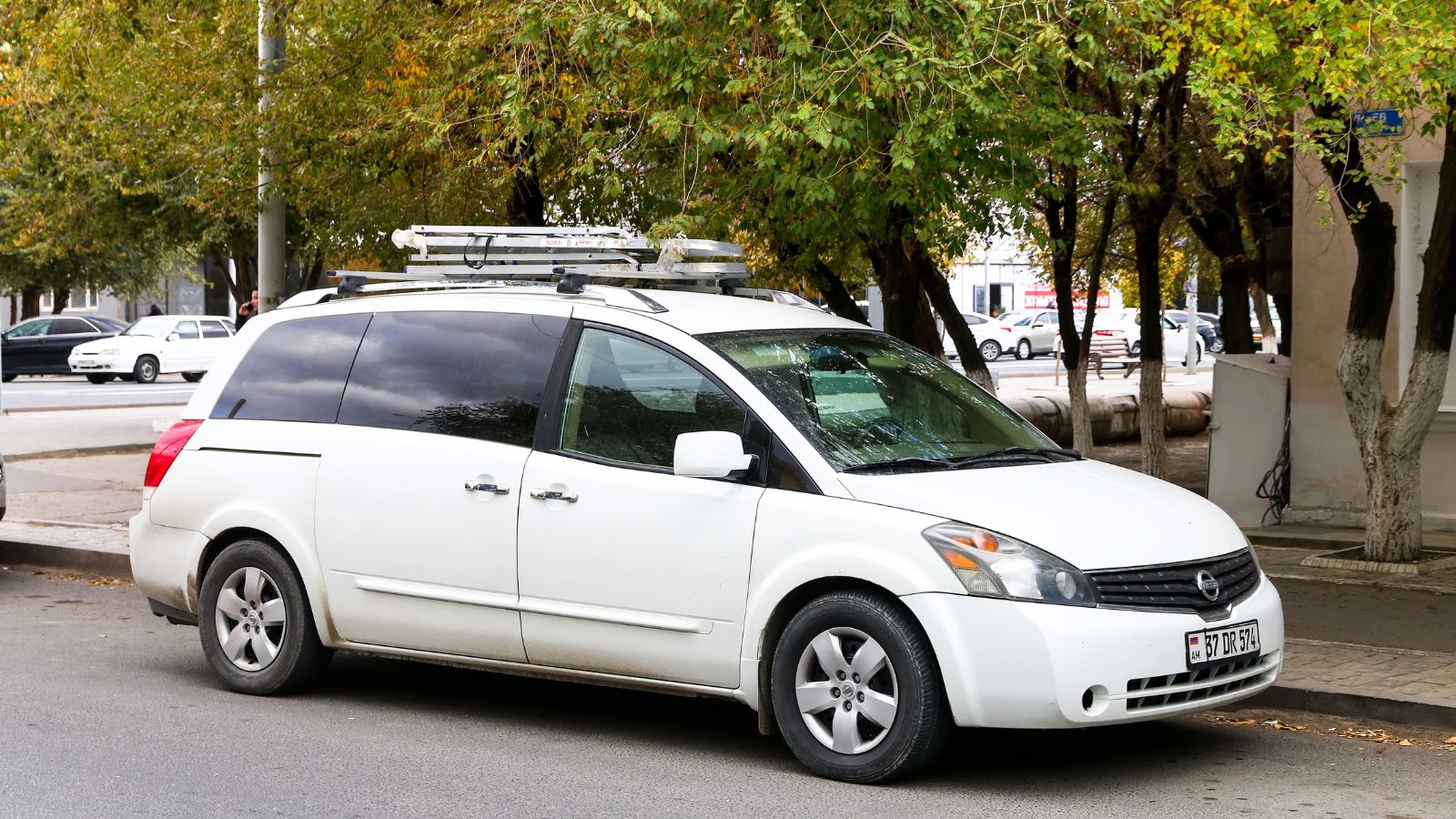
The Nissan Quest was the quirky underdog of the minivan world. Born from a Ford-Nissan partnership, the first-generation (1993–1998) shared a platform with the Mercury Villager, featuring a boxy, family-oriented design powered by Nissan’s VG30E 3.0L V6 engine. The fourth and final generation (2011–2017) embraced elegance with a curvier silhouette and upscale interiors. Also, it used the Altima/Maxima platform and a 3.5L V6. And, while it’s no longer with us, the Quest’s daring approach remains unforgettable.
Mazda MPV (1989–2006)

Mazda’s Multi-Purpose Vehicle (MPV) was a minivan that refused to conform. Its second generation (1999–2006) saw a shift to front-wheel drive, improving fuel efficiency and urban drivability. And, with a sleeker design, it offered features like dual sliding doors and a 3.0L V6 engine. Innovations also included a fold-flat third row, maximizing cargo space. Though eventually overshadowed by competitors, the MPV garnered a loyal following for its balance of car-like handling and family-friendly functionality. Production ended in 2006, marking the end of an era for Mazda’s pioneering minivan.
Chevrolet Astro (1985–2005)
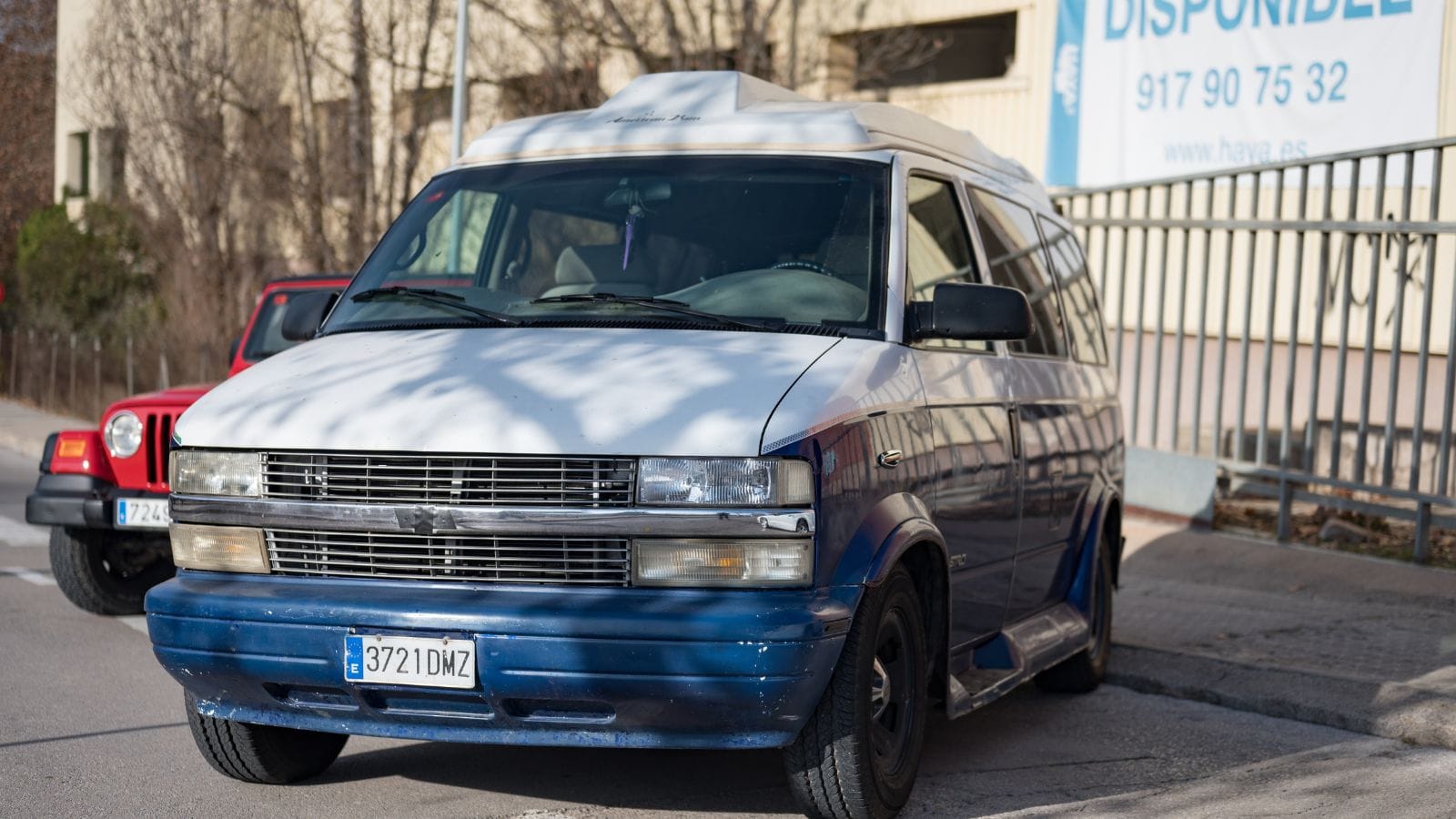
The Chevrolet Astro (1985–2005) is a compact van that combines utility with a surprising amount of comfort, making it a favorite for work and play. It offered a robust interior, seating up to eight passengers or cargo flexibility with foldable seats. Its design remained essentially unchanged, making it an enduring staple. However, by the mid-2000s, sales waned as minivan trends shifted, and it was discontinued in 2005.
Plymouth Voyager (1984–2000)
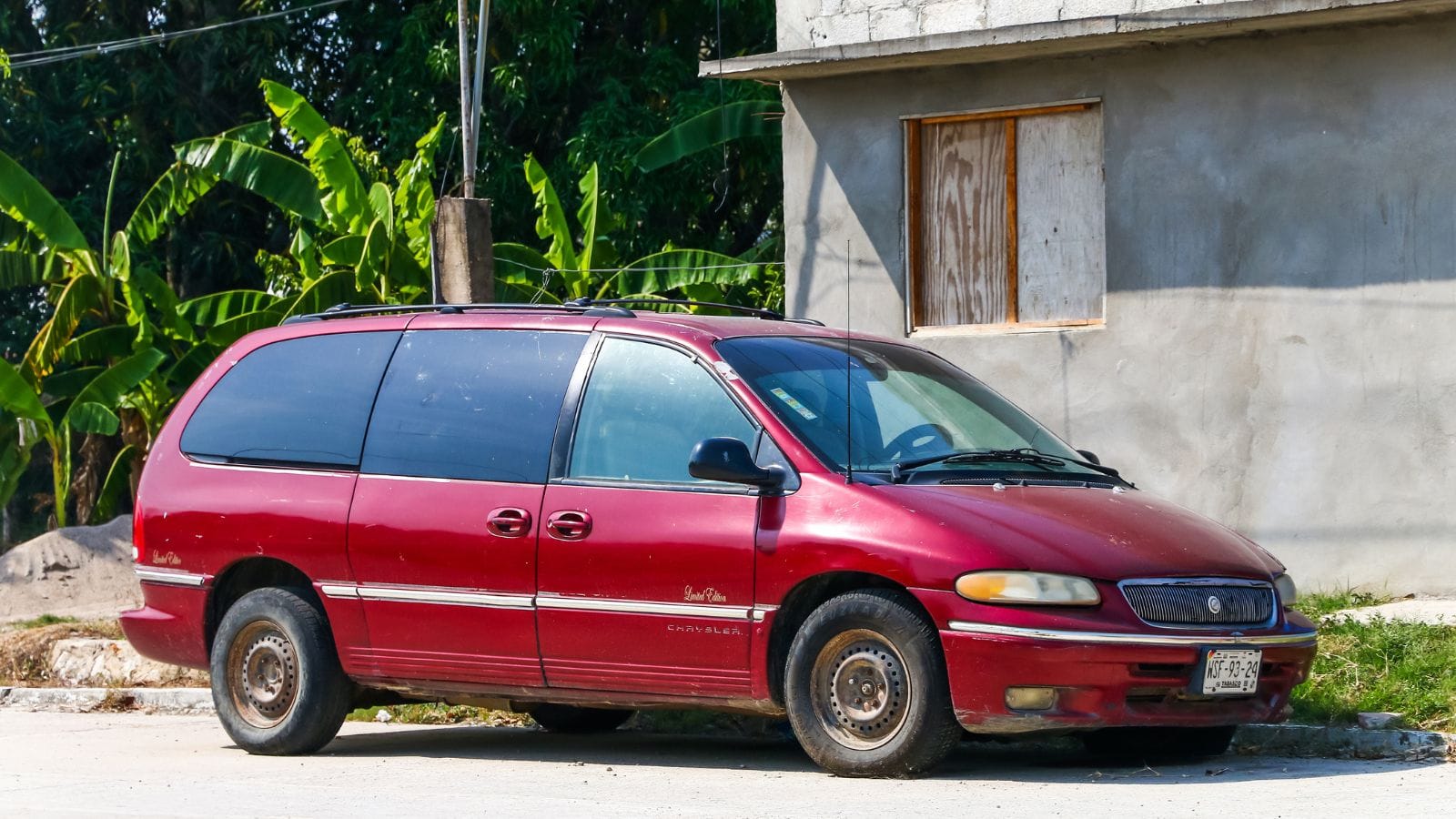
The Plymouth Voyager, sibling to the Dodge Caravan, was the minivan that made practicality cool. Initially launched under the Plymouth brand, it shared its platform with the Chrysler Town & Country and Dodge Caravan, marking the debut of the modern minivan concept. The Voyager also offered versatility with seating for up to seven passengers and was equipped with features like sliding side doors, which made it an instant hit among families.
Mercedes-Benz R-Class (2006–2013)
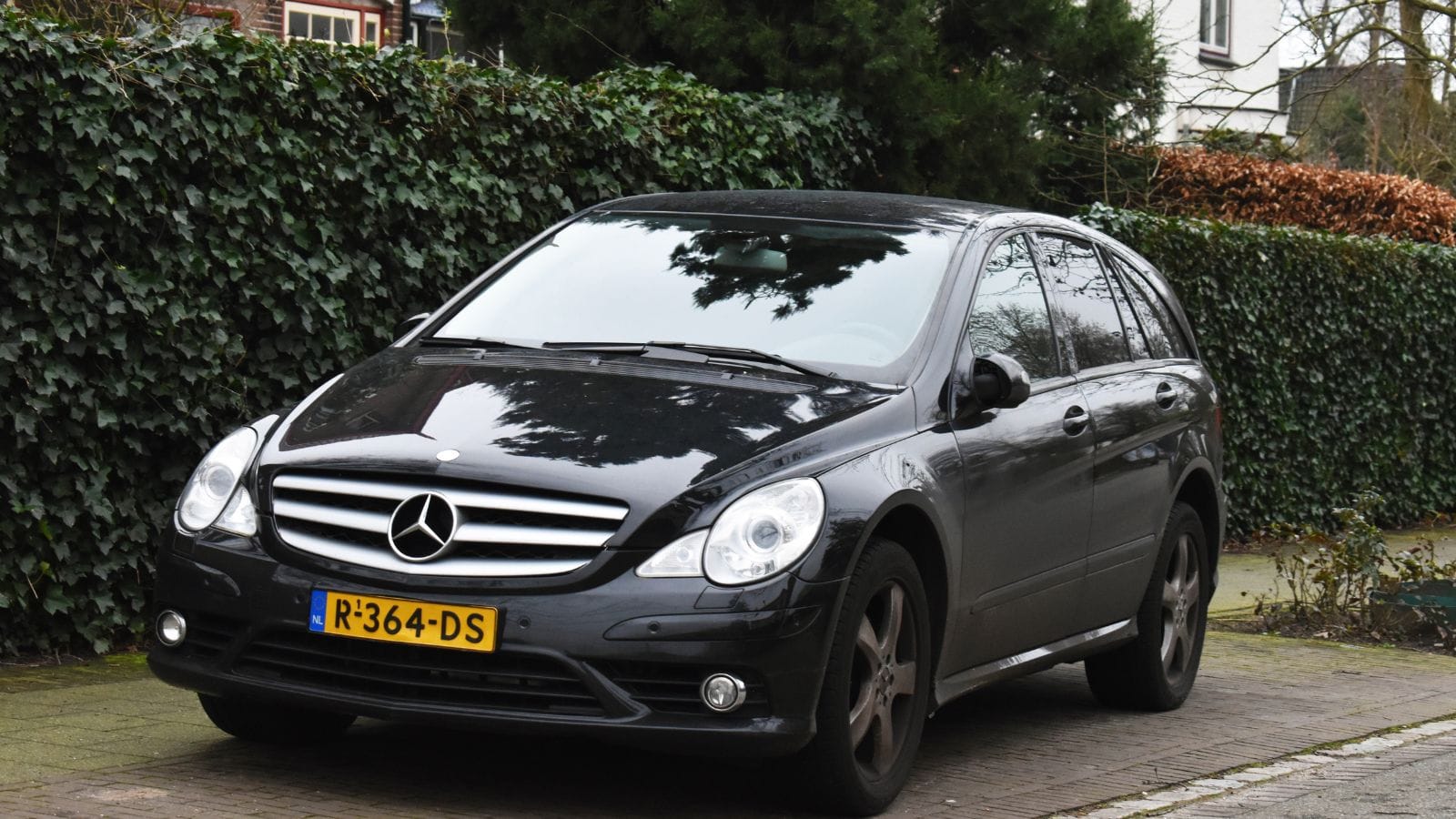
Okay, so technically, it’s a “crossover,” but let’s be honest—the R-Class is a minivan in a tuxedo. Known for its spacious interior, the R-Class had a high-quality cabin with leather upholstery, advanced infotainment, and ample cargo space. And, despite its innovative design, the R-Class didn’t enjoy massive commercial success, primarily due to its niche market positioning between the SUV and minivan segments. However, it remains a well-regarded model for those seeking a comfortable, luxury family vehicle with practical utility.
Pontiac Trans Sport (1990–1999)
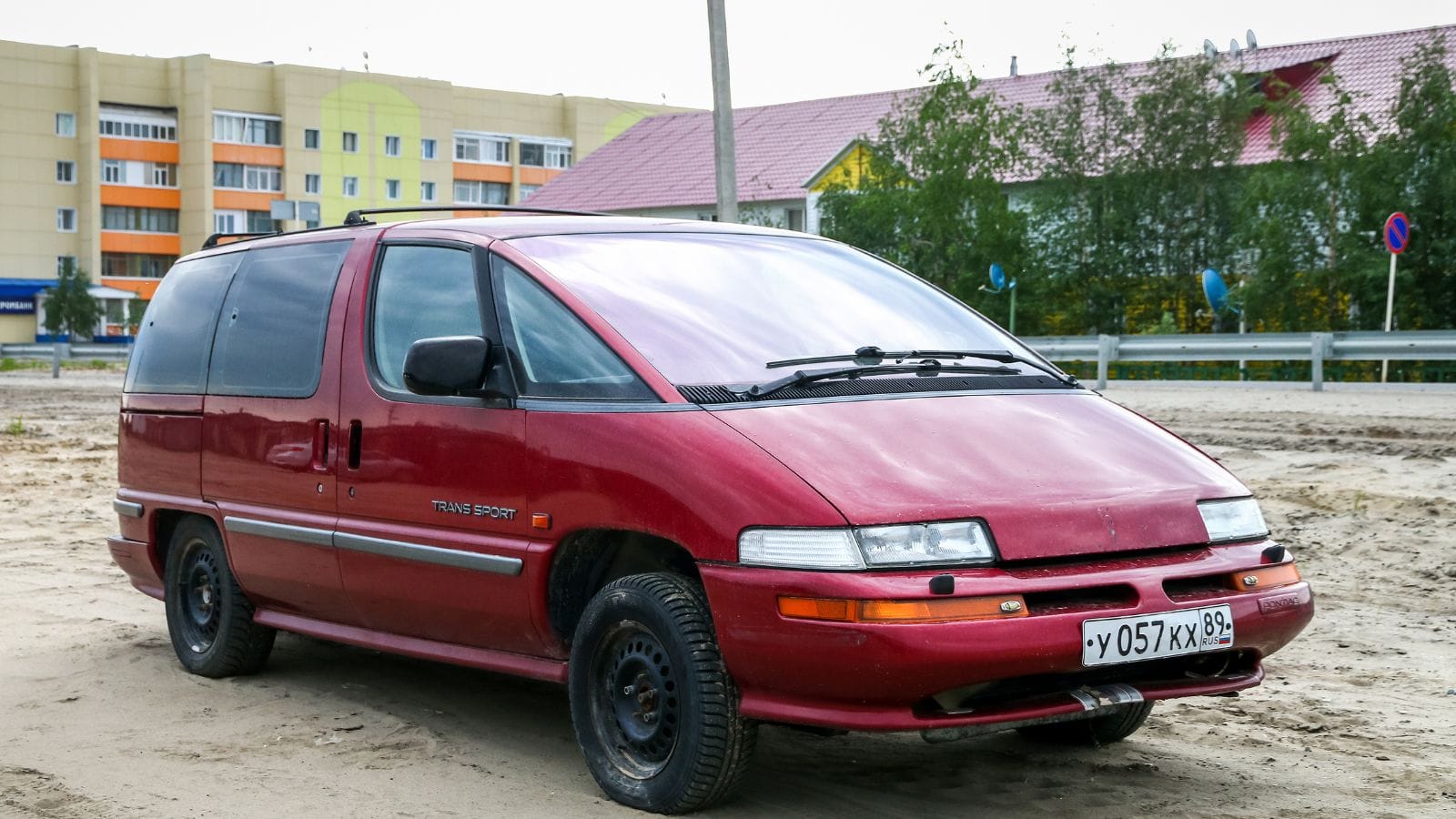
Dubbed the “dustbuster on wheels” for its futuristic (and slightly odd) design, the Pontiac Trans Sport was ahead of its time. Under the hood, it featured a 3.1L or 3.8L V6 engine, depending on the model year, delivering adequate power for a soccer practice shuttle. The interior was modular, with removable bucket seats accommodating everything from kids to drywall. Critics joked about its polarizing looks, but it had a cult following. Although sales tapered off by the late ‘90s, the Trans Sport remains a nostalgic oddity, embodying GM’s daring, if slightly bonkers, design phase.
Hyundai Entourage (2006–2009)
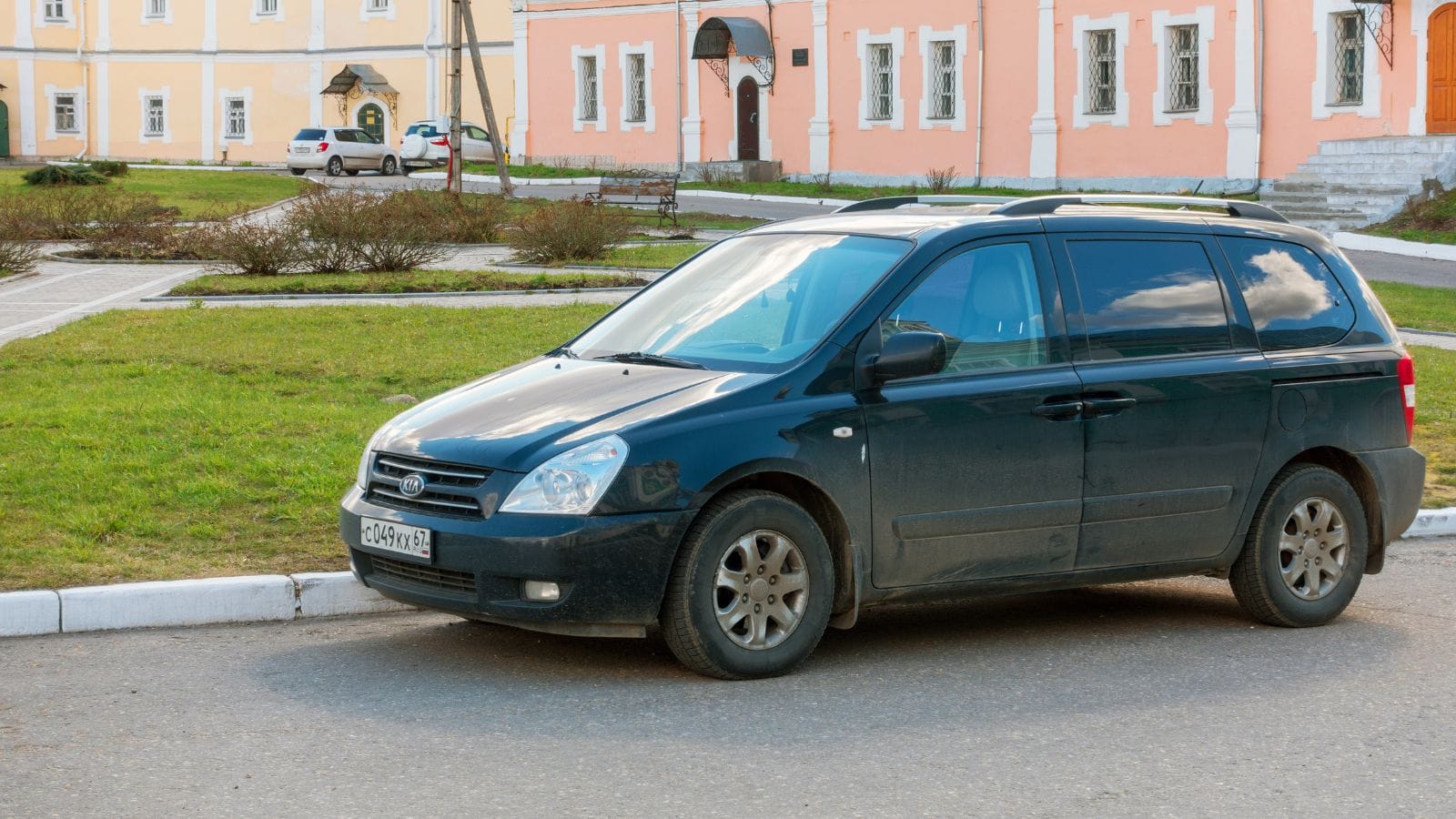
The Hyundai Entourage might have had a short run but packed a punch. Its interior had family-friendly vibes, boasting standard three-row seating, dual sliding doors, and safety features galore, including a 5-star crash test rating. The Entourage also tried to impress with a decent ride and handling, though let’s be honest—it wasn’t carving corners. Sadly, its lifespan was short-lived, and it was discontinued in 2009 due to Hyundai’s focus on SUVs.
Subaru Tribeca (2005–2014)
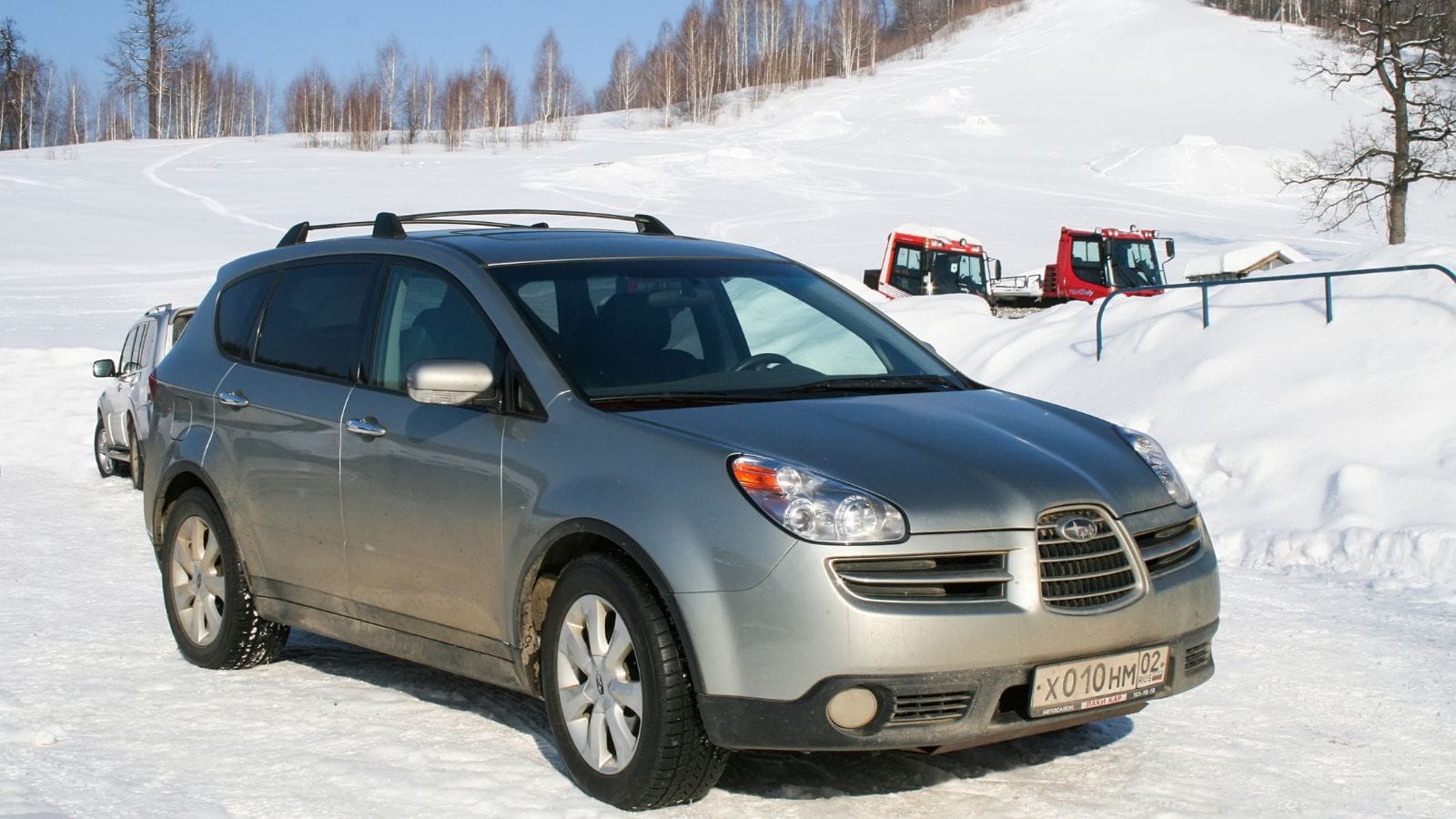
Yes, it’s technically an SUV, but hear me out: the Subaru Tribeca’s three-row seating and minivan-like vibes make it a family favorite. The Tribeca’s chassis aged gracefully, shrugging off rust like a superhero ignoring petty villains. Though not overly fancy, the interior resisted wear surprisingly well, and the third-row seats endured countless soccer practice carpool marathons. Its reliability is backed by Subaru’s solid reputation for longevity, often seeing Tribecas with 200,000+ miles on the clock. And, while its looks were polarizing, its endurance remains a testament to Subaru’s rugged engineering.
Renault Espace (1984–present)
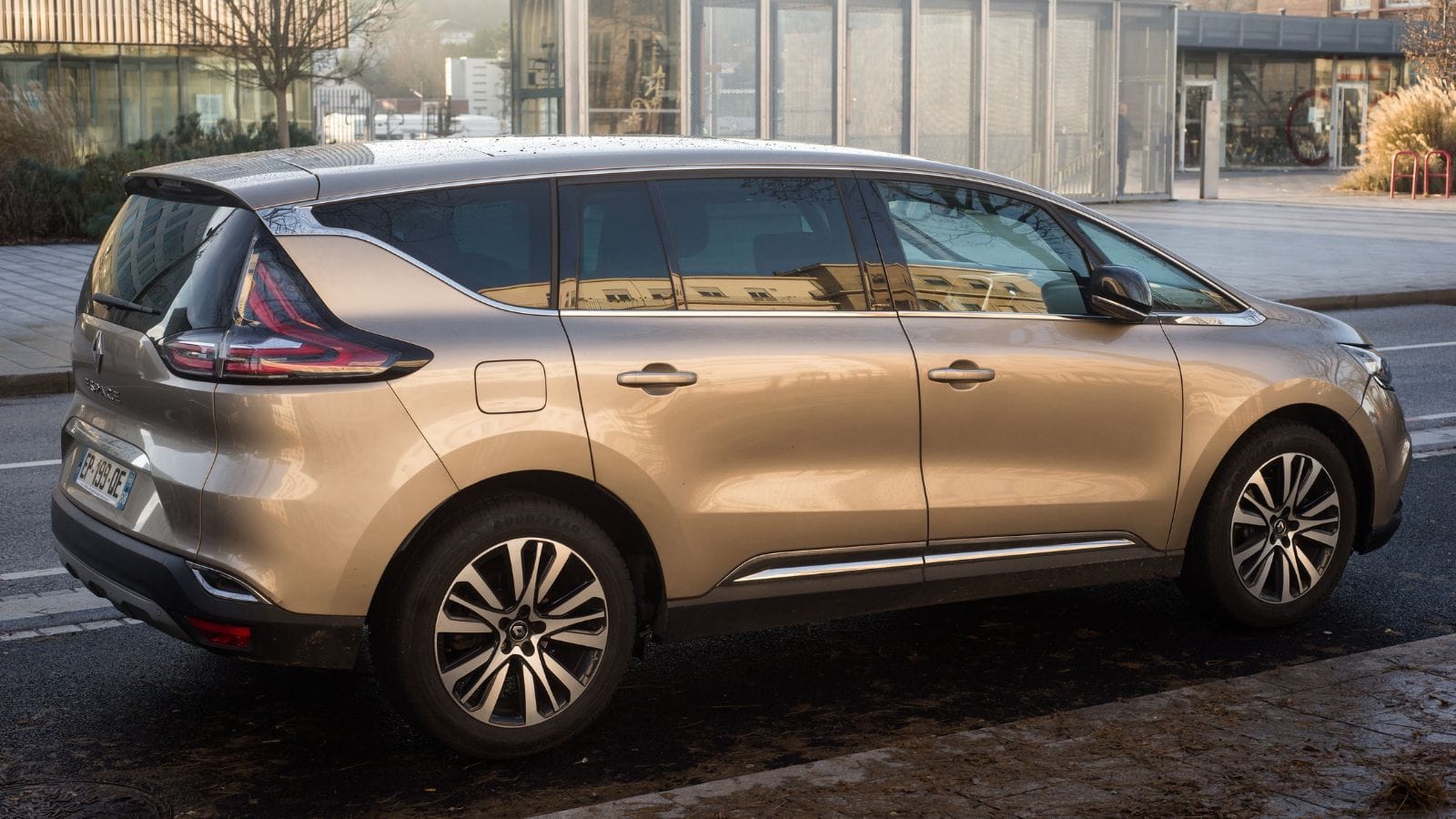
The Renault Espace (1984–present) is practical yet stylish, like the cool parent of the minivan world. It debuted as the first European MPV, making road trips for big families way less chaotic. Over five generations, it has evolved from a boxy people-mover to a sleek crossover by 2015. Renault said, “Who needs boring minivans?” and gave it futuristic tech, panoramic glass roofs, and a flair that made SUVs jealous. It’s been a family favorite for its spacious interiors, clever storage, and “I could live here” vibes. Loved across Europe, it survived the rise of SUVs—a true automotive survivor.
GMC Safari (1985–2005)
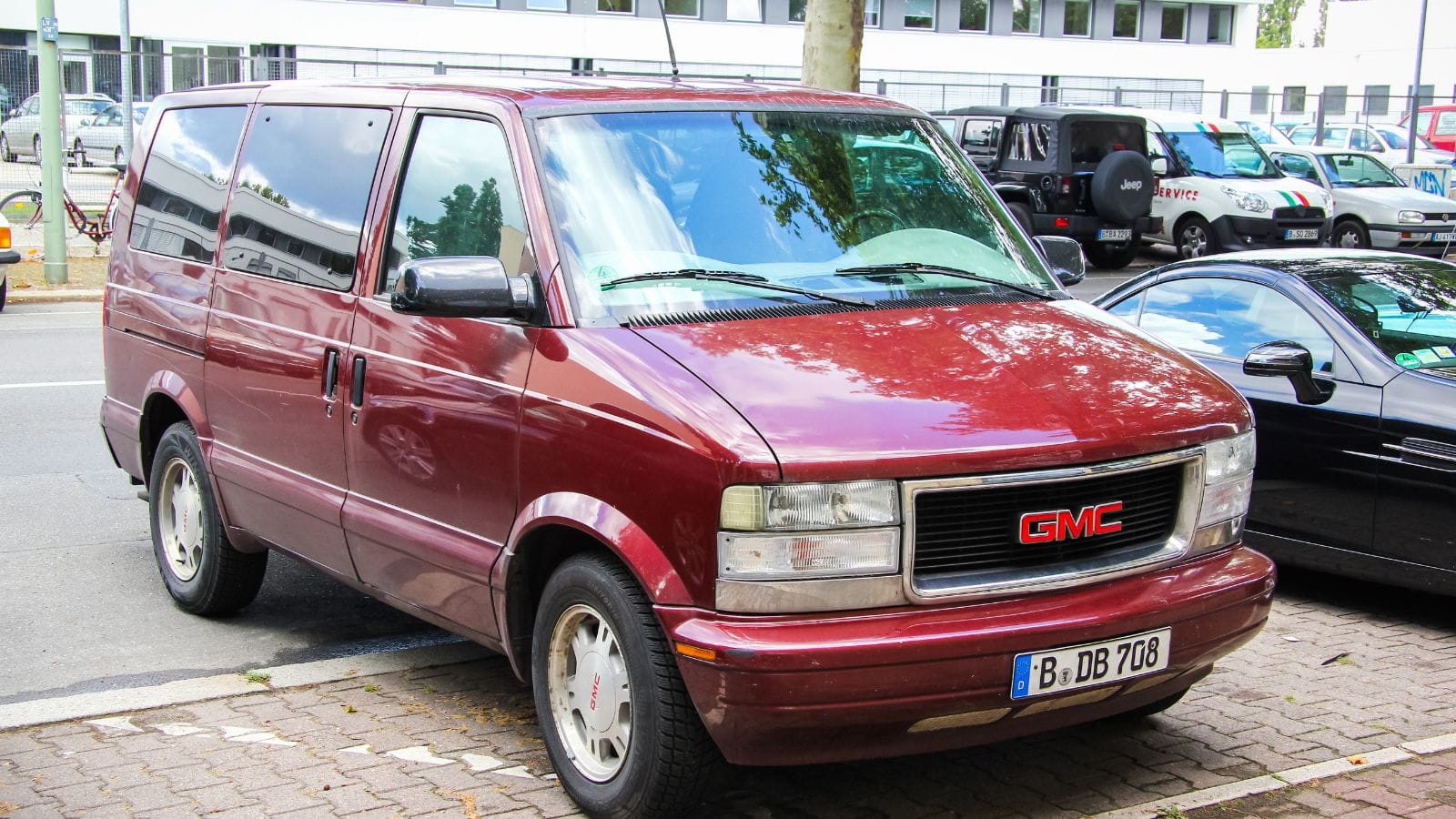
Sibling to the Chevy Astro, the GMC Safari was another durable, versatile minivan that refused to quit. Whether hauling lumber or shuttling a soccer team, it was up for the job. Sharing DNA with its Chevy Astro twin, the Safari was a rear-wheel-drive (or optional all-wheel-drive) powerhouse, making it one of the few minivans that could tow up to 5,500 lbs. It also ran on durable V6 engines, starting with the 4.3L Vortec—a workhorse of the era. Beloved for its reliability and “truck-like” build, the Safari is still a cult classic among van enthusiasts today.
Chrysler Pacifica (2017–present)
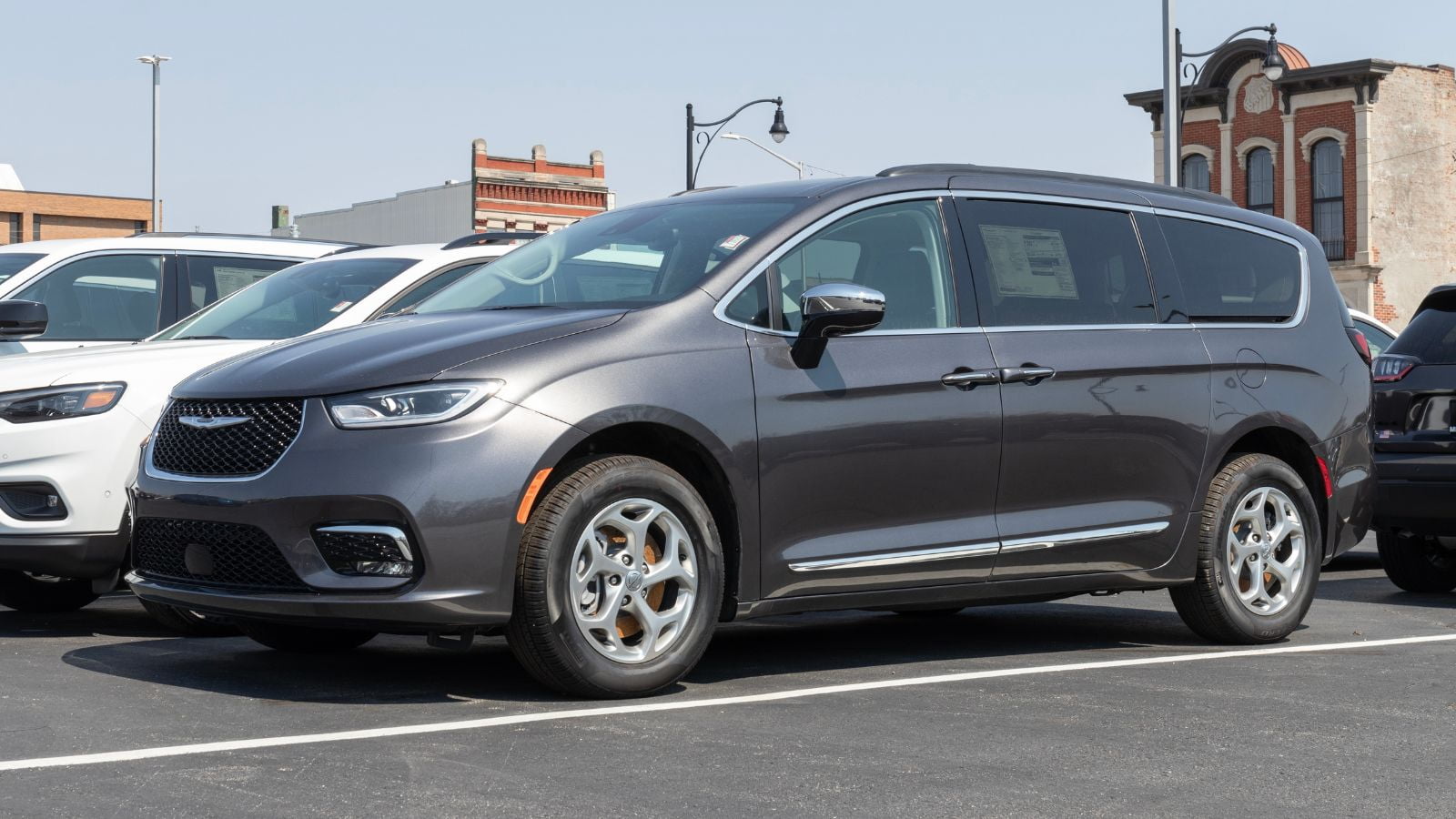
The Chrysler Pacifica is the modern minivan reimagined. Built to replace the aging Town & Country, the Pacifica rolled onto the scene with swagger and sophistication. It’s got everything: seating for seven or eight (depending on your Entourage), clever Stow ‘n Go seats that disappear faster than your kids when chores are mentioned, and a sleek design that makes you forget it’s a minivan. Awards? Tons, including “Best Family Car.” Safety? Five stars, baby. Honestly, it’s the MVP of family haulers.
Oldsmobile Silhouette (1990–2004)
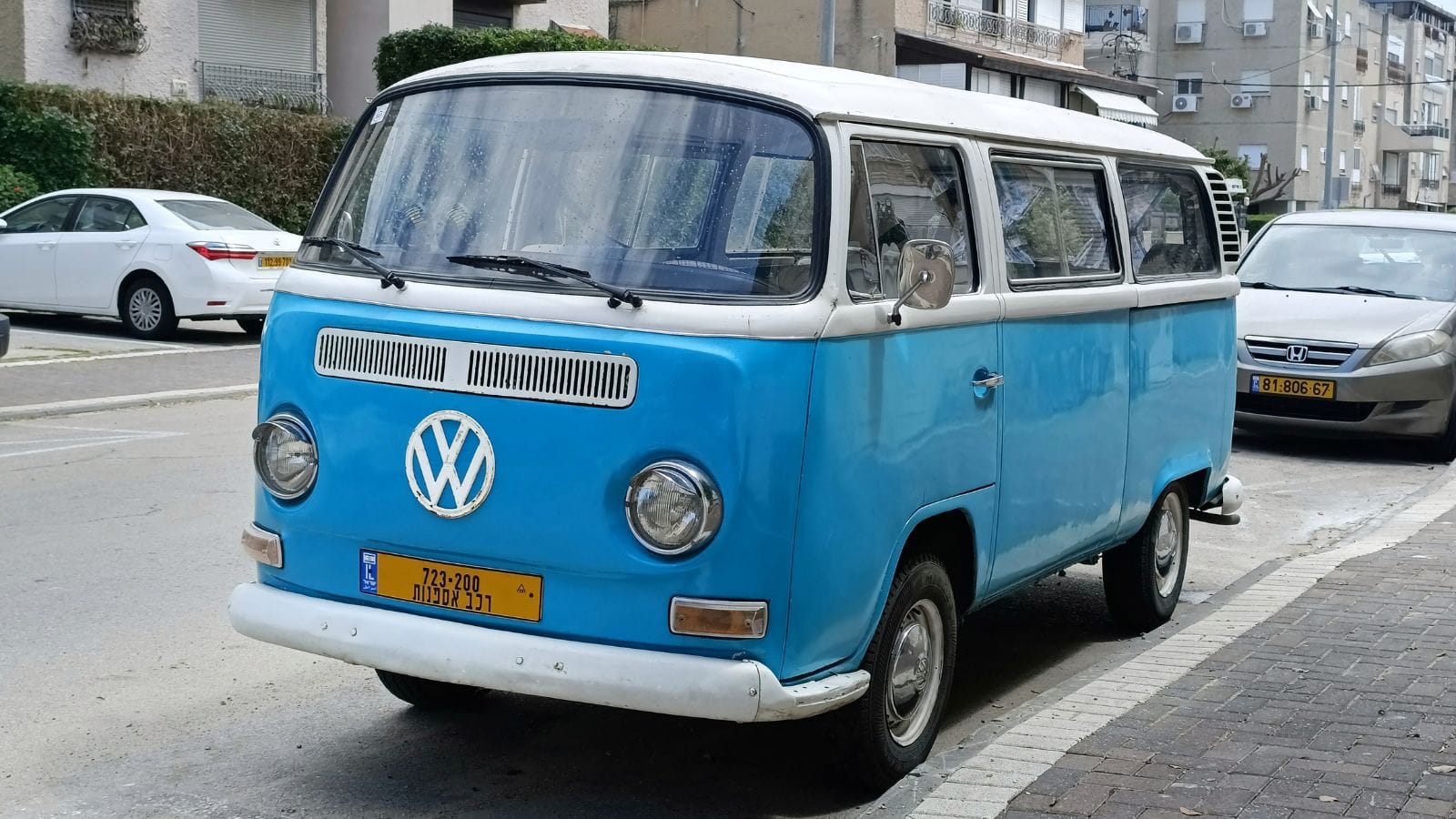
The Oldsmobile Silhouette (1990–2004) was GM’s quirky attempt to make a minivan feel…futuristic. Dubbed “the Cadillac of minivans” (probably by its marketing team), it rocked a spaceship-like design with a sloped windshield and fiberglass body panels that screamed ‘90s sci-fi vibes. Also available in standard and extended lengths, it had seating for up to seven, sliding doors, and a (relatively underwhelming) V6 engine. And, fun fact: The Silhouette starred in Get Shorty (1995)—proving even gangsters love a good minivan.
Fiat Multipla (1998–2010)

Quirky doesn’t even begin to describe the Fiat Multipla. Known for its unique design, it featured a wide, frog-like front and a three-abreast seating layout, offering six seats in two rows. Practicality was its superpower: the interior was cavernous, the seats were removable, and it felt like a minivan on a hatchback diet. Critics and comedians alike mocked its appearance (some called it the “ugliest car ever”), yet it won design awards, like the Top Gear “Car of the Year” in 2000—for its brilliance, not beauty.
Mitsubishi Space Wagon (1983–2004)
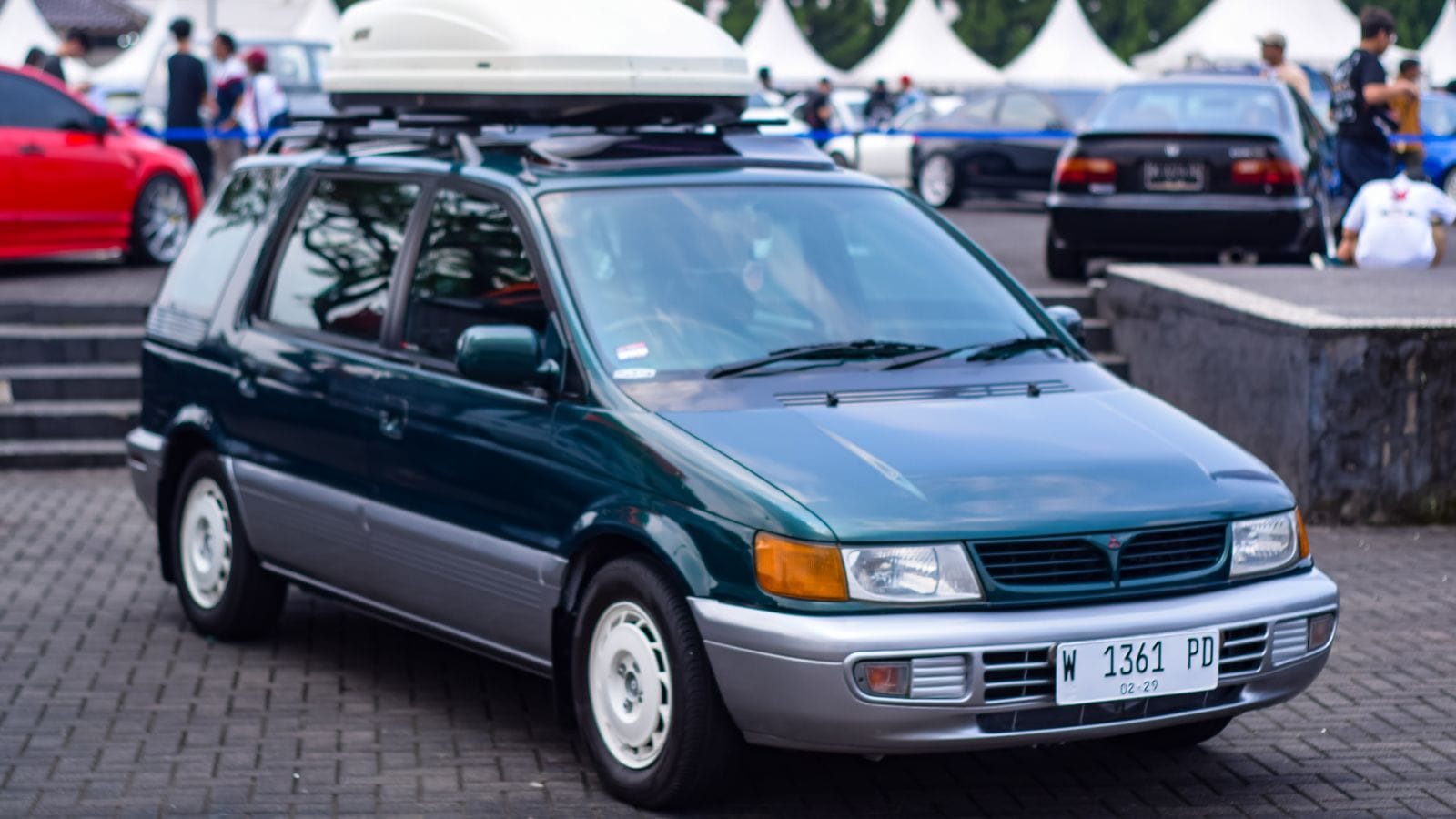
Known as the Chariot in some markets, the Mitsubishi Space Wagon was a global hit. It was designed to haul families, dogs, luggage, and occasional dreams, and it had three generations of evolution. The first-gen (1983–1991) was a boxy, quirky van with seating for seven and engines ranging from sensible 1.6L to zippy 2.0L. The second-gen (1991–1997) added curves, more tech, and an AWD option for adventurous parents. By the third-gen (1997–2004), the Space Wagon got sleeker, more spacious, and surprisingly aerodynamic for a minivan, proving practicality could look cool. A true legend of practicality!
Peugeot 807 (2002–2014)
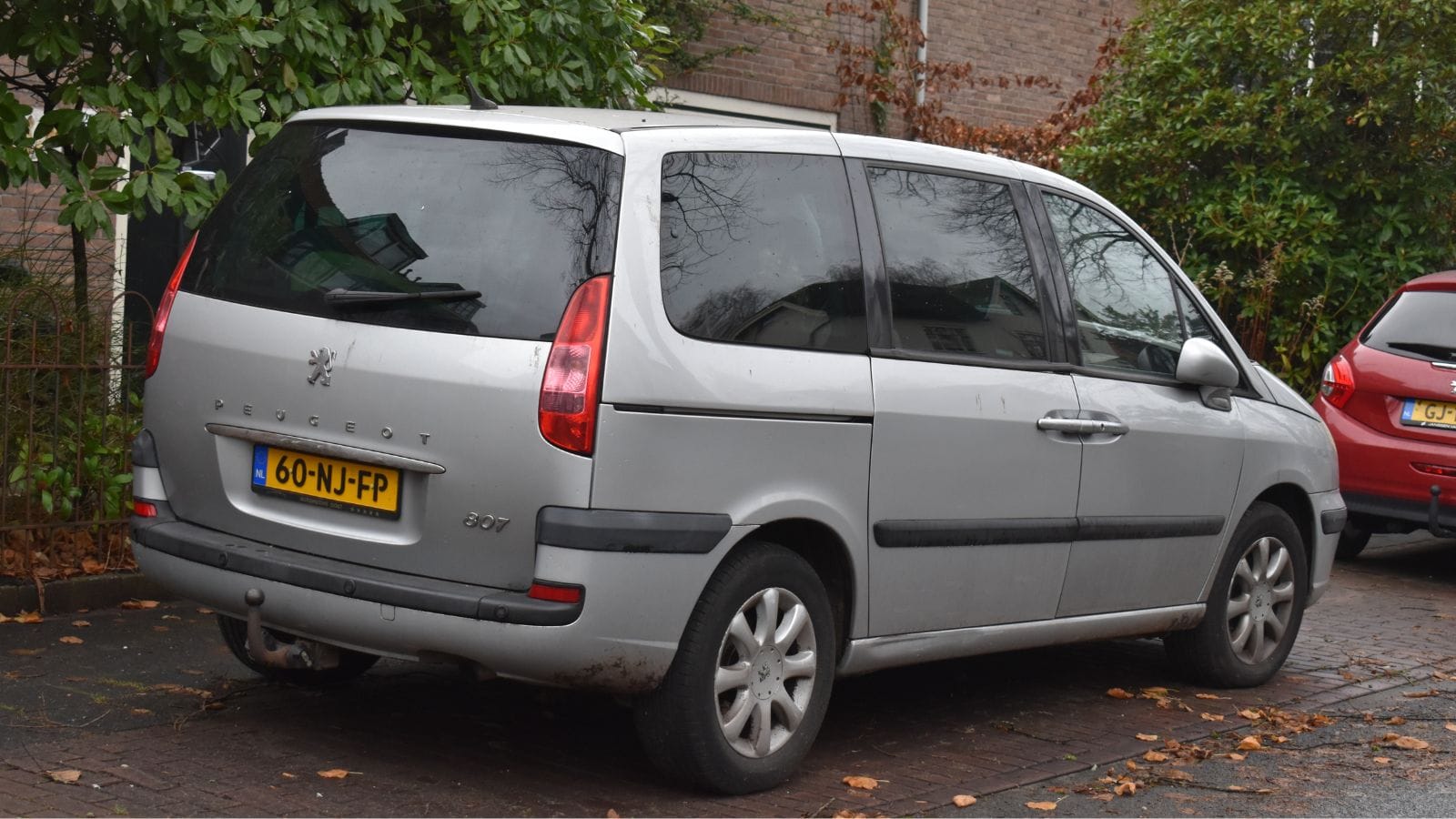
Rounding out our list is the Peugeot 807, a French minivan that combines practicality with a touch of European elegance. This front-wheel-drive MPV (a “Multi-Purpose Vehicle” for the uninitiated) boasts a spacious interior, comfortably seating up to seven passengers. Under the hood, it offers a range of engines, including petrol and diesel options, ensuring a powertrain to suit every family outing. Safety features? Check. Comfort features? Double check. The 807 also has amenities like air conditioning, a panoramic sunroof, and a sound system that can drown out the kids’ backseat symphony.
18 Budget-Friendly Electric Cars That Last Longer Than Their Loans — Economical Electrics
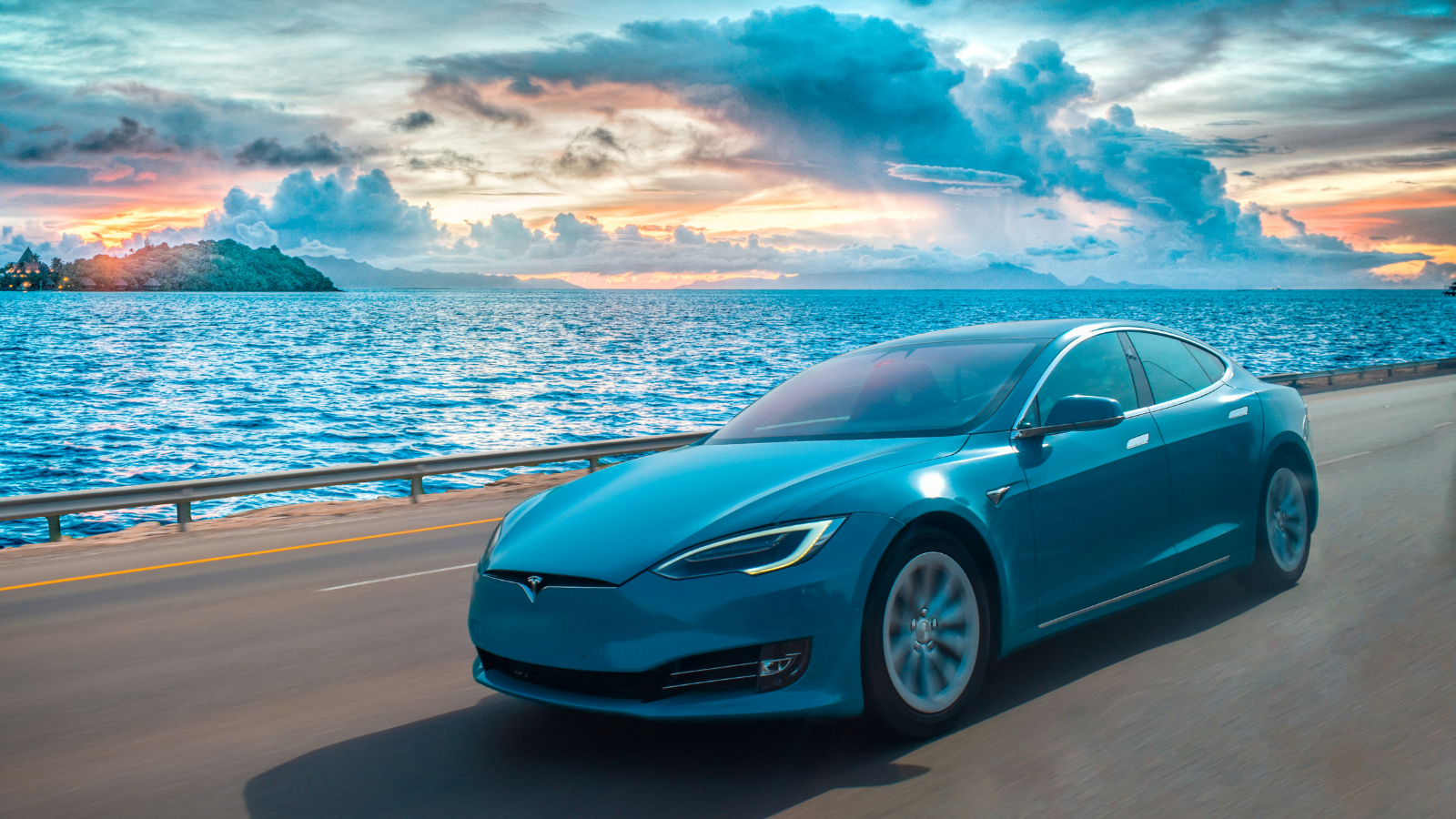
Electric vehicles are no longer a luxury for the elite—they’re a smart investment for the everyday driver. With manufacturers stepping up to the plate, affordable EVs now deliver on reliability, range, and modern comforts. Here’s a look at 18 economical electric cars engineered to outlast their payment plans.
18 Budget-Friendly Electric Cars That Last Longer Than Their Loans — Economical Electrics
